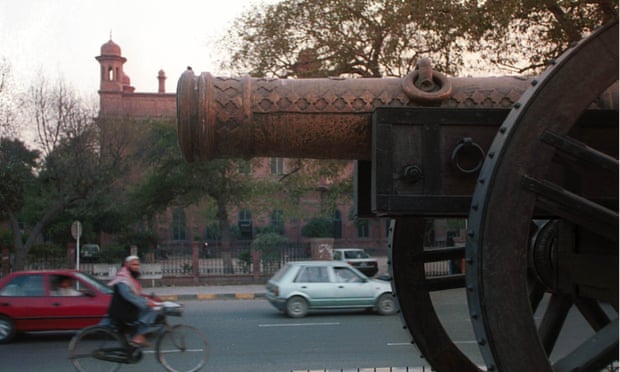Often regarded as an early YA novel, Kim appears to be a simple coming-of age story, until you begin to notice the unobtrusive brilliance of the craftsmanship
Many of the pleasures of Kim are straightforward, direct and easily absorbed – much like Rudyard Kipling’s prose. Indeed, his writing is probably chief among those joys. It’s a book where moving through the sentences is its own reward. Few novels have such beguiling rhythm, imagery and vocabulary.
The very words are fun to read, fun to say out loud: “Wonder-House”, “Zam-Zammah”, “Kimball O’Hara”, “Sind, Punjab and Delhi railway” – and those are just from the first page. But it’s what Kipling does with them that really counts, in prose so perfect you barely notice how clever it is when you first read through. It’s only when you stop to analyse that you notice how well everything is constructed:
More
The very words are fun to read, fun to say out loud: “Wonder-House”, “Zam-Zammah”, “Kimball O’Hara”, “Sind, Punjab and Delhi railway” – and those are just from the first page. But it’s what Kipling does with them that really counts, in prose so perfect you barely notice how clever it is when you first read through. It’s only when you stop to analyse that you notice how well everything is constructed:
That’s a sentence chosen almost at random, also from near the start of the book. One of Kipling’s achievements in Kim is to make everything subordinate to the story – nothing gets in the way of the view of the world he is creatingAs he drummed his heels against Zam-Zammah he turned now and again from his king-of-the-castle game with little Chota Lal and Abdullah the sweetmeat seller’s on to make a rude remark to a native policeman on guard over rows of shoes at the museum door.”
More

No comments:
Post a Comment